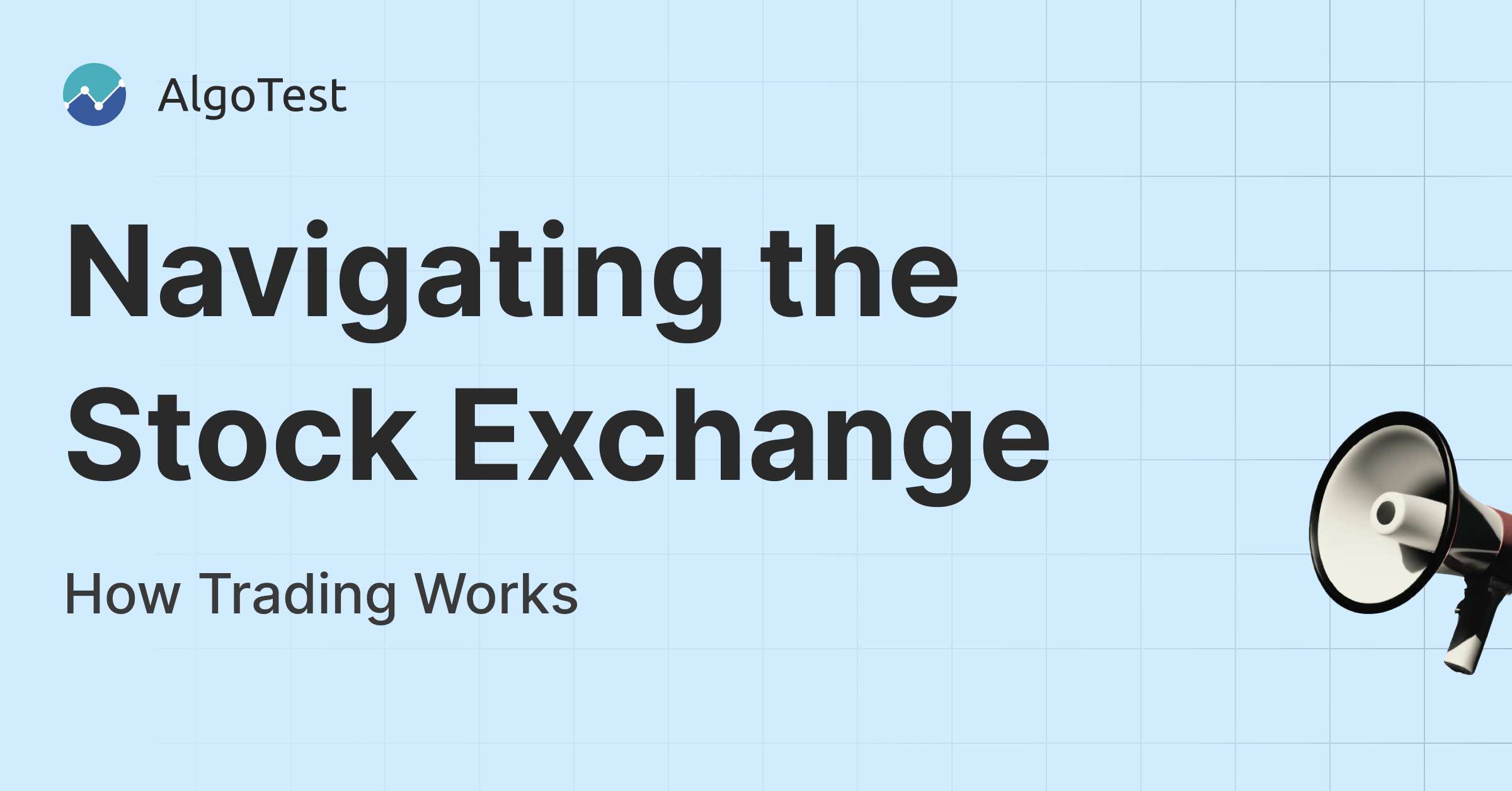Introduction
The stock exchange, often visualized by bustling traders, electronic boards flashing numbers, and the iconic ringing bell, is a cornerstone of the global financial system. It’s where buyers and sellers come together, trading securities and shaping our financial world. But behind this flurry of activity, there’s a structured procedure ensuring everything runs smoothly. This guide aims to demystify the intricate processes and mechanisms that underpin this vital institution.
Understanding the Stock Exchange Trading Procedure
Market Opening and Pre-Open Session
Before the stock market officially starts its day, there’s a calm pre-open session. Here, orders can be placed, modified, or canceled. This session is crucial as it helps in gauging the market mood and setting the stage for the day’s security prices. As the bell rings, signaling the market’s opening, the atmosphere becomes electric. Orders from the pre-open session are matched, and trading begins at the opening price.
Order Types
As an investor, you have the power to place orders to buy or sell. There are two main types:
- Market Orders: These are executed immediately at the prevailing market price. They’re ideal for those who prioritize execution over price.
- Limit Orders: These wait for your desired price before execution, giving you more control over the purchase or sale price.
The exchange’s system then pairs these buy and sell orders, ensuring the highest bid is matched with the lowest ask, facilitating smooth transactions. Once orders find their match, trades are executed swiftly, and both buyers and sellers receive a confirmation.
Price Discovery and Trading Halts
- Price Discovery: This continuous trading process determines the equilibrium price of securities based on demand and supply dynamics. It’s the heart of the stock market, ensuring that prices reflect the true value of securities.
- Trading Halts: During significant market volatility, trading might pause to maintain stability. Circuit breakers act as a safety net during these times, halting trading during extreme price movements to prevent panic.
After-Hours Trading and Clearing Process
The trading day doesn’t end with the closing bell. Some exchanges offer after-hours trading sessions, allowing investors to capitalize on global events and news that might occur outside of regular trading hours. After the excitement of trading, trades go through a clearing process. The clearinghouse, a third-party agency, ensures the smooth transfer of securities and funds between buyers and sellers.
Post-Trade Activities
- Records are updated.
- Accounts are reconciled.
- Investors receive a detailed statement of their transactions.
The Role of Brokers and Trading Platforms
Brokers act as intermediaries between investors and the stock exchange. They provide platforms where investors can place their orders. Modern trading platforms offer a plethora of tools, charts, and news feeds to assist investors in making informed decisions. It’s essential to choose a broker that aligns with your investment goals and offers a seamless trading experience.
Tips for Navigating the Trading Procedure
Trading might seem daunting, but with the right knowledge, it’s manageable. Here are some pointers:
- Understand different order types.
- Stay updated with market news and events.
- Choose a reliable broker for efficient order execution.
- Remember, every investment has risks, but with a clear strategy and risk management, potential losses can be mitigated.
- The market can be emotional, but staying calm and making informed decisions is key.
FAQs
- What is the difference between a stock exchange and a stock market? A stock exchange is a specific place where stock buyers and sellers meet and decide on a price, while a stock market refers to the collection of markets and exchanges where activities like buying, selling, and issuance of shares take place.
- Why are circuit breakers used in stock exchanges? Circuit breakers are used to prevent extreme volatility and potential market crashes. They provide a pause, allowing traders to assess the situation and make rational decisions.
- How do I choose a broker? Consider factors like fees, trading platform usability, customer service, and available research tools.
Conclusion
The stock exchange is more than just buying and selling securities. It’s a meticulously orchestrated process, and by understanding each step, you can navigate the market confidently. With the right knowledge and strategy, the stock exchange can offer numerous opportunities. Whether you’re a novice investor or a seasoned trader, understanding the nuances of the stock exchange can enhance your trading experience. Happy trading!






